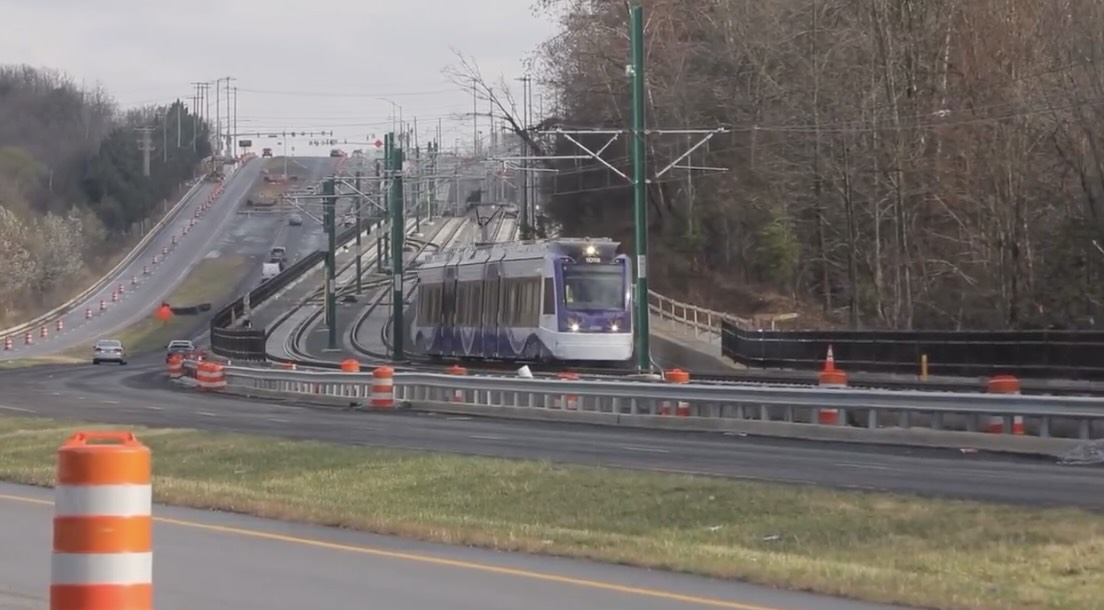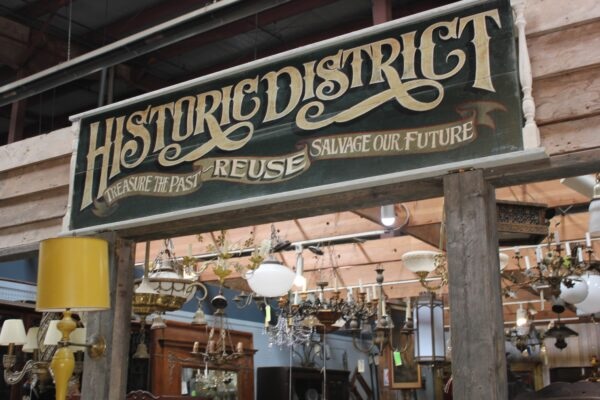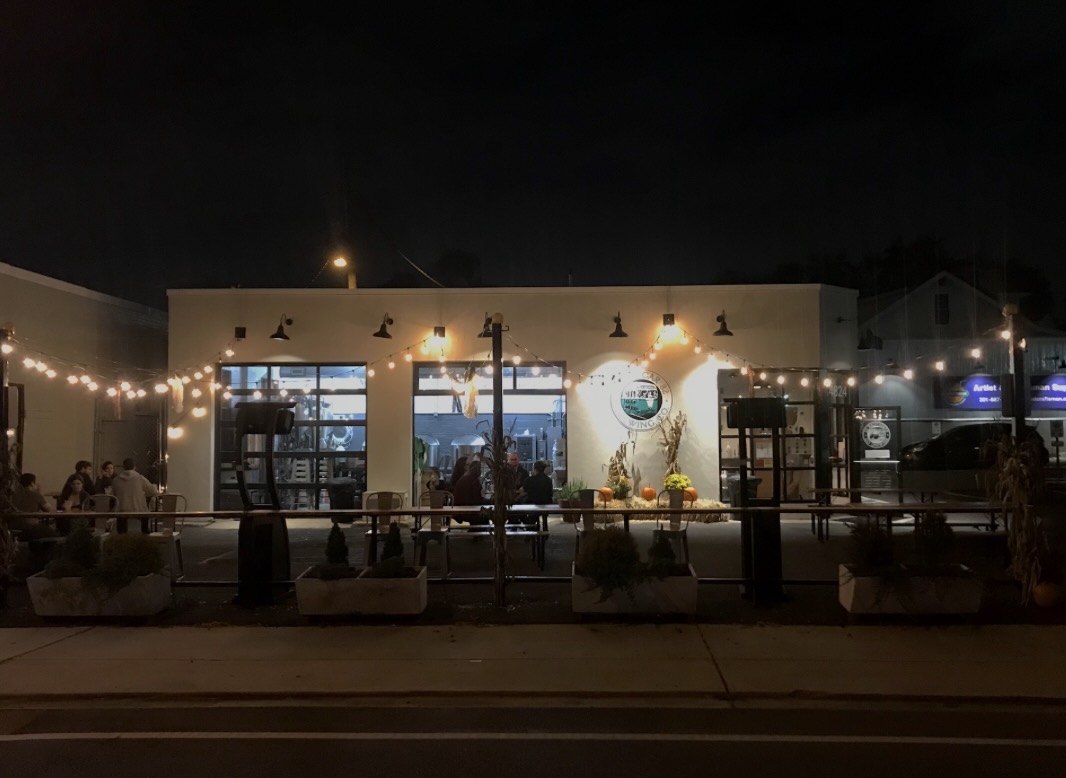Hyattsville is a one-car kind of town.
According to the American Community Survey’s 2012 estimates for Hyattsville, more than 60 percent of Hyattsville residents have either one car or none. That’s roughly 19 percentage points higher than the national average.
The biggest factor in this reduced car dependency is the Metro stations at Prince George’s Plaza and West Hyattsville. Although both were designed as more suburban-style stations with big parking lots, they are gradually turning into more urban-style walkable stations.
Also helpful: Shuttles that connect residential neighborhoods in the Arts District and University Park to the Prince George’s Plaza Metro stop and good bus routes, especially along Baltimore Avenue and Jefferson Street.
Still, it’s not easy to go entirely carless in Hyattsville. Although there are some Zipcar stations and a cool new bike path, it’s still a little hard to live entirely car-free. But a one-car town is still an improvement over much of the United States.
For comparison, here are the most recent Census estimates for number of vehicles per household:
No car: 9 percent of Americans, 16 percent of Hyattsville residents. One car: 34 percent of Americans, 46 percent of Hyattsville residents. Two cars: 38 percent of Americans, 27 percent of Hyattsville residents. Three or more cars: 20 percent of Americans, 12 percent of Hyattsville residents.


















I wonder how much has changed since the mid-1990s when I moved to Hyattsville. While several of my original neighbors had only one car, it was because only the husbands drive. My other neighbors? A car for each adult (think at least 35+).
I would expect the cars per household to drop as Hyattsville builds more mixed-use communities and deliberately makes the city more walkable. I would also expect the number of cars to drop as more kinds of amenities are located within easy access. For years, I drove to MoCo, far-out PG county or DC for stores. The ones I wanted were not proximate to my home.
I also wonder what the in-moving demographics look like since the 1990s along with the development, etc. One does not happen without the other. In addition, wondering if work locations play any role in car ownership.
Finally, walking to Metro is now more common because of the deliberate move of the city and developers to locate housing closer to Metro Rail stations. The stations are not walkable in isolation; they are walkable precisely because more housing abuts transit and the policies associated with this change are all the rage. The last isn’t a slight against city planners, just a fact. It will be interesting to see as time goes on and the population ages what housing, amenities and transportation options will be de rigueur. Current thinking, from what I gather, is that seniors will be walking everywhere; I can’t see that happening on a wholesale basis but time will certainly tell.